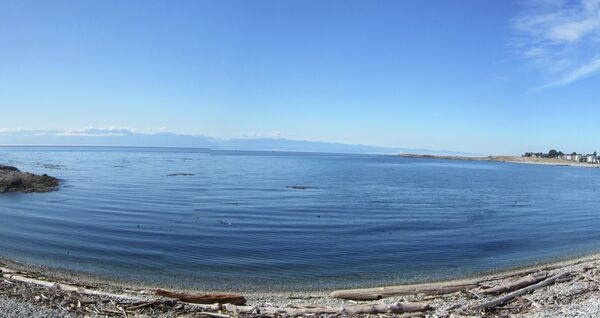Researchers who have been monitoring levels of radioactive byproducts from the March 2011 Fukushima Daiichi nuclear power station disaster indicate that the levels will then begin to gradually decline to pre-disaster levels.
At its peak, levels of radioactivity will still fall far below levels that the U.S. and Canadian governments deem unsafe for drinking water. The radiation “does not represent a threat to human health or the environment,” according to a study published Monday in the Proceedings of the National Academy of Sciences (PNAS).

In the PNAS study, researchers gathered data from a string of 26 sampling sites from the Juan De Fuca Strait between the U.S. and Canada border and stretching westward for more than 1,000 miles. Water samples were taken to look for two radioisotopes, Cesium-134 and Cesium-137, both of which were released from Fukushima.
Both are produced by nuclear reactors, but cesium-134 loses half its radioactivity every two years. Cesium-137 has a 30-year half life, making it the more worrisome of the two forms of isotopes.
Radiation levels before 2011 averaged about 1 becquerel (Bq) – the decay of one Cesium-137 nucleus each second – per cubic meter of water. At its peak, the radiation level is expected to reach about 3 to 5 Bqs per cubic meter of water. By contrast, Canada's drinking-water standard for cesium-137 is 10,000 Bqs per cubic meter.
This isn’t the first time that scientists say the radiation left behind after Fukushima isn’t cause for much concern.
Senior scientist Ken Buesseler of the Woods Hole Oceanographic Institution, who studies marine radioactivity, first reported the presence of small quantities of Fukushima radiation in a sample taken in August 2014, 100 miles off the coast of Eureka, Calif.
"We came up with something like 500 to 1000 times less of a dose, the hazard of the radiation of swimming in the Pacific, as a dental X Ray," Buesseler told the Washington Post.

On March 11, 2011, the Fukushima nuclear power station lost emergency power when it was hit by a tsunami triggered by a magnitude 9 earthquake. The plant couldn’t keep reactors cool or spent-fuel pools filled. Three of four reactors partially melted while hydrogen explosions wracked buildings containing the reactors, releasing significant amounts of radiation and radioactive water to the ocean.
In 2012, a team of scientists estimated that this radiation may claim 130 lives and cause 180 additional cases of cancer (in addition to the exposures suffered by workers on site). Radiation released into the ocean near the Fukushima plant also led to fishery closures and bans, and a tightening of acceptable limits for radiation in Japanese seafood.




